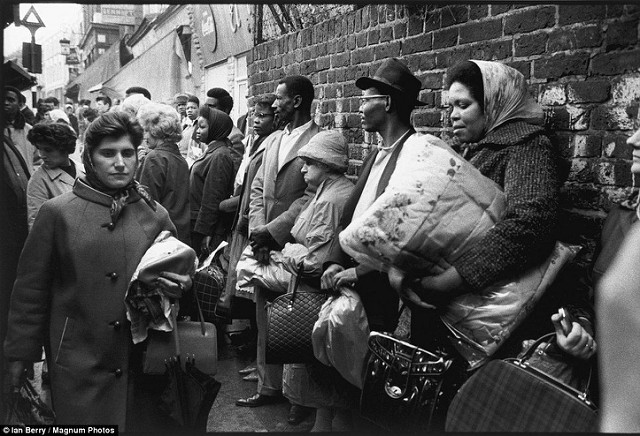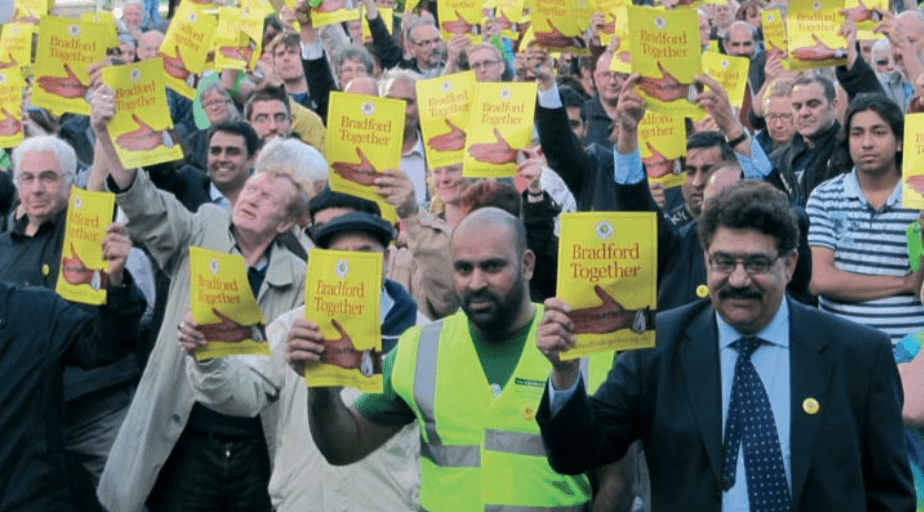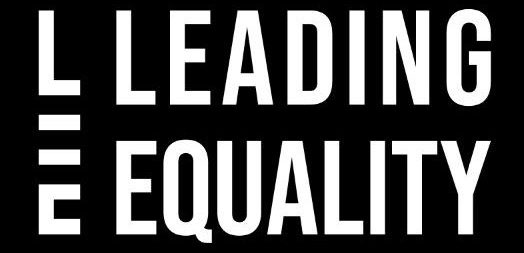Multicultural Britain: Assimilation, Community Cohesion and Discriminatory Policies

2.2 History of Multicultural Britain
Britain has always been ethnically diverse. As early as C100BC, during Roman rule, African auxiliary soldiers featured in the Roman army protecting Hadrian’s Wall (Dabydeen et al, 2007). Ethnic diversity began to increase in England during the expansion of the British Empire. This expansion resulted in colonial warfare, including the exploitation, murder and human trafficking of Africans during the transatlantic slave trade from 1562 – 1833 (Williams, 2005; Eddo Lodge, 2017; Gillborn, 2008). The colonised countries under the British Empire were used to substantiate Britain’s power and wealth; the leading nation in comparison to her international counterparts (Paul, 1997).
During the First World War, 15,600 African / African-Caribbean soldiers and over 74,000 Indian soldiers from British Colonies died in the conflict, many serving under the false promise of political reform and freedom from colonial rule in their countries (Eddo-Lodge, 2017). Consequently, the BAME population increased in Britain to around 10,000 under the British Nationality and Status of Aliens Act 1914, which gave Black and Asian colonial migrants the same rights as ‘natural born citizens’ Dabydeen et al, 2007:176). However, this was contradicted by military law that classed all non-whites as ‘aliens’, presenting racialized barriers and restrictions, which caused race fuelled riots against the Black presence in Britain in 1919 (Eddo-Lodge, 2017; Dabydeen et al, 2007; Belchem, 2014; Paul, 2007).
Due to larger economic and political objectives, the decolonisation of the British Empire began post Second World War (Paul, 1997; Belchem, 2014). The British Immigration act was passed in 1948, the same year that 492 Black Caribbeans travelling on the Windrush docked in Essex, England with the aim of restoring post-war Britain (Eddo Lodge, 2017). This was the introduction of ‘mass immigration’, where 1.2 million New Commonwealth citizens of British colonised commonwealth states immigrated to England and Wales between 1948 until the mid-1970’s (Mason, 2003).
The term immigrant was used to define the ‘already settled population as homogenous’ post Second Word War (Mason 2003:16). Whilst some countries were discussing making ‘immigrants’ citizens, Britain was doing the reverse (Paul, 1997). However, these immigrants were essentially colonial migrants with the rights to gain British Citizenship, regardless of where they resided within the empire (Thorns, 2002; Paul, 2007; Dabydeen et al, 2007). Most of the migrants were black and brown, mainly from African and South Asian descent. Due to the ‘unrecognisable’ differences and intersections of different characteristics such as languages, culture and religion, these people of ‘colour’ were labelled as ‘ethnically different’ in comparison to their white counterparts (Mason, 2003). This was the strategy used to preserve white British purity and, as a result, colonial migrants were ignored and excluded from parts of society (Myers, 2016:17).
In 1962 and 1968 the Commonwealth Immigration act was introduced with the aim of limiting the immigration of Black and Asian colonial migrants into Britain. This coincided with widespread practice in British schools of labelling black children as educationally sub normal in comparison to their white counterparts, leading to the systematic failing of black children within the British Educational system. (Richardson, 2007; Gillborn, 2008)
Migration into the UK has had its trials and tribulations for BAME communities, due to racialized policies designed to contain and preserve the whiteness in host communities (Gillborn, 2008). This presents a problem as the policies designed to ‘contain’ were of the same government that designed the policies to integrate multicultural communities within our schools. This is discussed further in the next section.
2.3 Race and Education Policy
To understand how community cohesion policies were introduced by the government and how they have impacted our school, it is important to understand the history of how government policy discourse has reacted to the change in multicultural demographics post 1970 in the UK, and how it has become progressively obsessed with the social control of BAME communities (Gillborn, 2008).
Assimilation

Assimilation policies were introduced around the same time as the introduction of major immigration laws in the UK in 1965. Assimilation policies introduced in the UK were the act of denying cultural difference, as it was deemed that Black culture and beliefs were inferior compared to their white counterparts (Lumby, 2007). Consequently, this created a racialized structure of hierarchy that re-enforced white European superiority over migrants from BAME heritages (Paul 2007).
It has been suggested that the assimilation process could have been hindered by migrants unwilling to invest in the country based on their temporary status within it (Demireva, 2011). This might have been accurate for a handful of cases, however, the general attitude from the government and society during this time was to promote assimilation and the eradication of cultural differences (Gillborn, 2008). This has had a direct impact on education as BAME children, in particular, Black Caribbean children were the subject of systematic discrimination and failed by the British Educational system (Richardson, 2007; Gillborn, 2008). Many children of African Caribbean heritage were the labeled ‘educationally subnormal’, and thus were excluded from mainstream schools (Richardson, 2007).
Integration

Integration was assimilation by a new name (Gillborn, 2008:). Educational policies which deemed ‘minorities’ as a problem, remained to serve the main objective of assimilating BAME groups (Gillborn, 2008). In 1971, the Immigration Act was passed, influenced by racist attitudes in society (Dabydeen, 2007; Finney, 2009).
This resulted in anti-immigration activities, supported by political groups, causing thousands of racial attacks and cases of racial harassment against Black and Asian people (Dabydeen, 2007). Within the school context, the onus was on BAME pupils to integrate with the majority, with little or no intervention and guidance provided on a macro or micro level, as stated by Eric Bolton, the Chief inspector of schools at the time (Gillborn, 2008). Subsequently, BAME students were isolated both within the classroom and wider society.
Multiculturalism

Multiculturalism policy programmes were designed as a ‘solution’ to support cultural differences and remove discriminatory barriers for migrants and BAME communities (Fleras, 2009). These were first introduced in the early 1980s and went through many revisions under different political parties; from the introduction of colour-blind policies under Thatcherism to the highlighting of the inequalities associated with BAME learners under the New Labour administration in 2007 (Gillborn, 2008). Post-9/11, there was widespread criticism of policies relating to Multiculturalism, which led to the concept’s demise (Heath, 2014). Flares (2009) discussed that multiculturalism policies were another method of control, a political tool where the “ruling elites, control the ‘unruly ethnics’”. Consequently, it presented tokenistic recognition towards BAME, but ultimately marginalised migrants further with neutral, colour-blind policies (Belchem, 2014). Whereas, Health’s (2014) study into multiculturalism concluded that ethnoreligious groups made successful claims of ethnic integration during the multiculturalism era, despite the negative rhetoric associated with the policy.
Community Cohesion

Community cohesion was a political concept that replaced the multiculturalism agenda and entered mainstream national policy (Flint, 2008; Rhamie, 2012). The policy emerged in 2001-02 under the Labour government (Jones, 2013) and made a shift from integration back to assimilating to the host community (Samad 2013). Over the years, the term has been institutionalised in the UK through policy and statutory duties in schools (Jones, 2013:4). The policy was introduced after the racial disturbances in Northern British cities in 2001 (Rhamie, 2012; Alam, 2013; Samad, 2013) and the London bombings in 2005 as a strategy to integrate Muslims into the community (Rhamie, 2012; Samad, 2013:273). However, as discussed by (Jones, 2013), the policy was framed as if the main focus was issues relating to segregation and separation between cultures.
The term community cohesion lacked conceptual clarity (Jones, 2013). Subsequently, there have been many interpretations of the term as the policy has changed over time. To add to the ambiguity of community cohesion, the PREVENT strategy was introduced around the same time. This was a strategy that was focused on counter-terrorism and extremism Samad (2013). This was separate from the community cohesion agenda; however, the agenda targeted the same communities using the same professionals across the two programmes inside and outside of the classroom Samad (2013). This gave community cohesion a negative connotation within BAME communities. Conversely, Mcghee (2006) discusses that the community cohesion strategies, which focused on the improvement of race inequality and integration of new migrants, took precedence over and excluded existing white disadvantaged host communities in England, subsequently causing hostility that negatively impacts community cohesion.
Looking through the lens of the government, the Community Cohesion policy was an attempt to help support people to take individual responsibility to make the right choices and nurture an environment where different cultures interact with each other. It was hoped that this would result in positive inter-cultural relationships and contributions towards society both for individual benefit and the overall social good (Jones, 2013). However, the policy was based on ideology rather than being evidence-based (Flint, 2008). The ambiguity of the language and terminology interchanging between race and class has resulted in fragmentation, which served to reinforce the hierarchical institutionalised narrative that has prioritised white nationals over BAME communities.
Current situation
Despite the number of immigrants into Britain steadily decreasing every year since 2015, (a reduction of 25,000 immigrants and an increase of 40,000 emigrants (Office for National Statistics, 2017; Finney, 2009), major concerns about immigration remain, creating a new, national fear of the re-emergence of the ‘multiculturalism identity’. This has been used as political rhetoric relating to multiculturalism and controls on immigration have been personified in the latest political campaigns from Conservative and Labour governments (Eddo lodge, 2017). This ‘fear’ was used in Brexit anti-immigration rhetoric from the middle right wing and political parties using statements such as ‘preserving our national identity’ (Eddo Lodge, 2017:119). This public and policy discourse has impacted migrants and BAME children in school, as some teachers have started to raise concerns about students who have failed to assimilate to British culture (Keddie, 2014).
According to Lord Ashcroft (2016) voting polls of how people voted during the EU referendum, 80% of voters who believed that multiculturalism and immigration were a burden to society voted to leave the European Union. Consequently, there has been a 53% increase in race-related hate crime in UK schools (Camden, 2017). This has resulted in BAME learners being more likely to experience racist bullying than their white counterparts (Bain, 2018). With such an increase, a focus on integration and community cohesion is more important than ever.
Summary
As discussed by Gillborn (2008), policymakers seem to have amnesia as policies are reincarnated. Policies have been reactionary, influenced by events related to race and integration and there is the likelihood that, as revised policies are reintroduced, there will be a focus on assimilation and integration in reaction to Brexit. Since the 1950s, the government has failed to place equality and diversity at the center of social and educational policy (Gillborn, 2008). This has highlighted a serious issue relating to equality, diversity and community cohesion within schools in the UK and so it is unsurprising that there is a demand for a new dynamic cohesion strategy in schools and communities that better reflects the global community in England.
